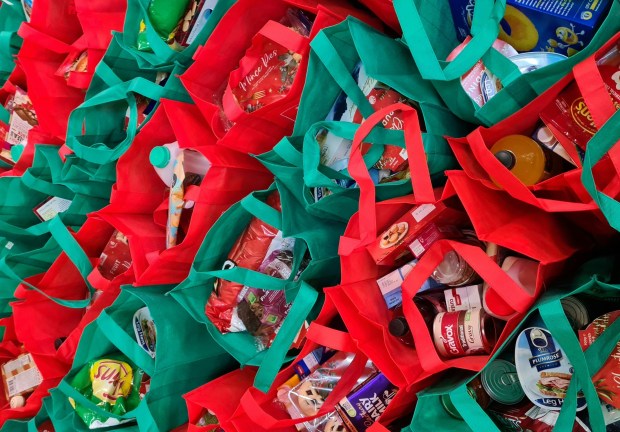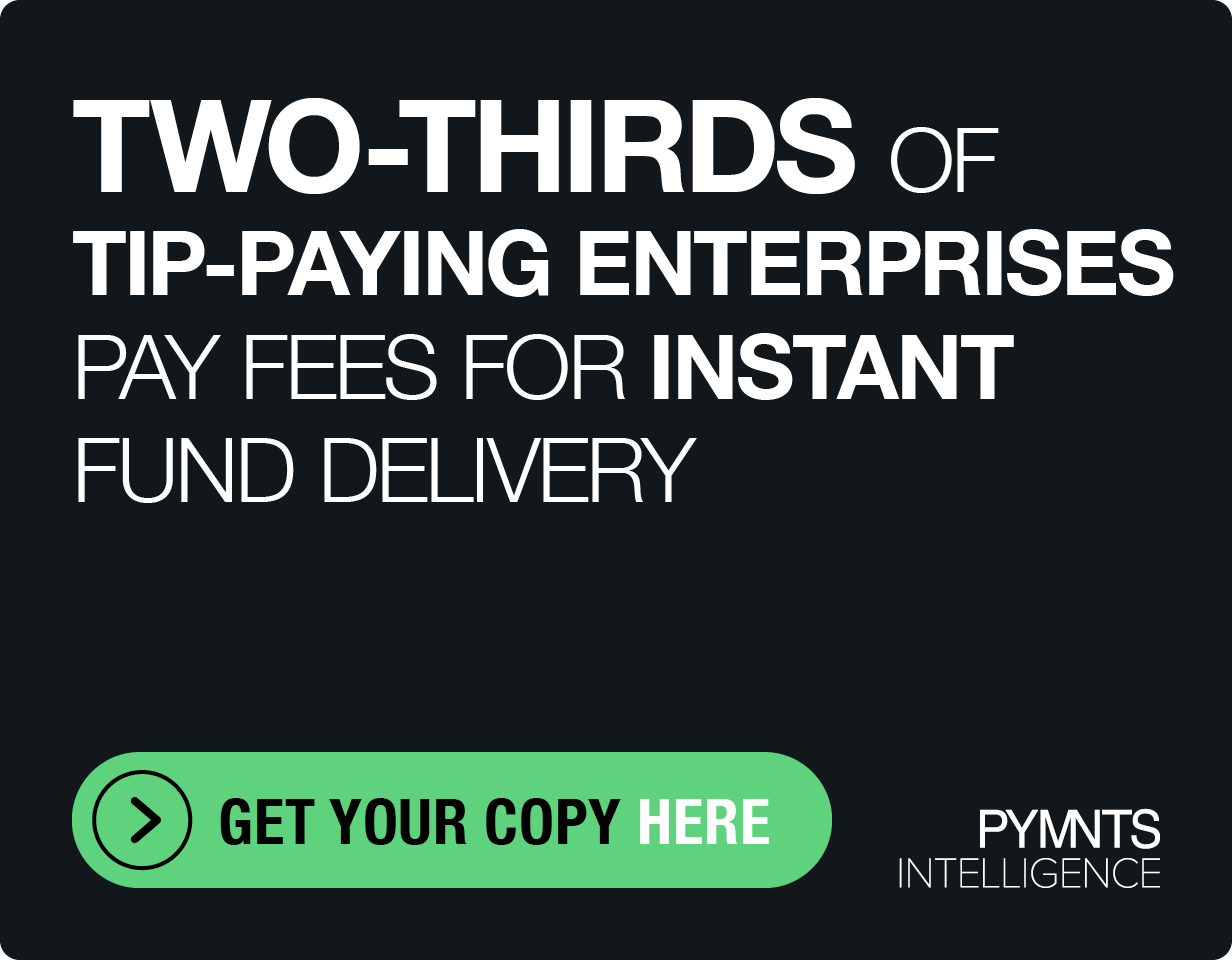Who Uses Credit to Buy Groceries? The Answer Might Surprise You

A couple of weeks ago, more than 123 million people tuned in to watch the Super Bowl. Analysts say that it was the most watched program ever — thanks, in part, to Taylor Swift. Armchair spectators came for the ads and the Super Bowl halftime show while Swifties came with hopes for cutaways to Taylor cheering on Number 87. The football enthusiasts who came for the game watched intently for the outcome of the Super Bowl Coin Toss before the players even took the field.
Football mythology says the winner of the coin toss has an edge in deciding field and receiving preferences, and so more likely to walk away with the Lombardi Trophy. Data would disagree. Of the last 58 Super Bowls, only 27 times did a team win both the coin toss and the NFL Championship.
More than half of the time, to the other side of the coin went the Super Bowl victory, so to speak.
That brings me to grocery shopping, payments and BNPL, where the other side of the coin is an oft-overlooked part of the narrative.
BNPL’s Other Side of the Grocery Payments Coin
The other side of the coin is an idiom originally adapted by W.B. Yeats in 1904 from a 500-year-old military phrase describing the opposite side of the metal badges worn on their uniforms. Today, the “other side of the coin” is shorthand for the opposite side of an issue, topic of conversation or outcome.
It is also a fitting way to frame the conversation about how consumers pay for groceries, and in particular, how they use Buy Now, Pay Later programs when doing that.
Critics, including regulators, decry the consumer’s use of Pay-in-Three or -Four plans for grocery shopping. Letting consumers buy food on credit exploits a desperate consumer just to create sales, they say. A consumer who uses credit to buy food, they add, suggests a financially constrained consumer at risk of creating a cascading cycle of debt for consumables.
But what if I told you that nearly a third, 31%, of all U.S. consumers used a traditional credit card to make their latest grocery purchase — including those who used a digital wallet with a credit card registered as their primary funding source? And that share of consumers has remained almost constant since December 2021?
Or that higher-income consumers — those earning over $100,000 a year — were 26% more likely to have used a credit card installment plan than lower-income consumers who used a BNPL provider to buy food?
And that only 5.4% of low-income consumers and 6.5% of the population overall used a Buy Now, Pay Later product from a FinTech to pay for groceries in the past year?
In other words, roughly 95% of consumers only paid for their groceries using debit cards, credits cards or cash.
That would make the other side of the coin in the grocery payments conversation something like this:
Four and a half times as many consumers used a credit card in their most recent grocery transaction as the number of consumers who used a BNPL program over the entire year to put food on the table at home.
Many credit card users take longer than 30 days to pay off their debt and must pay interest. Fed Data finds that 45% of credit card accountholders revolve their balances — balances that might include grocery purchases. BNPL consumers pay for those purchases in three or four installments usually within a four to six week window, sometimes before a consumer using a credit card gets their monthly statement.
When the data does the talking, it’s not clear that consumers using this alternative credit product are any different, or using it any differently, than any other consumer who uses a credit card to pay for the groceries in their basket at checkout.
The Devil in the Grocery Data
Consumers have probably been using credit cards to pay for groceries for as long as there have been credit cards and acceptance of those cards at grocery stores. We just never talked about it because there was never any reason to make it a topic of conversation.
The line of credit that consumers are given by their issuer lets them purchase whatever they want with it as long as those purchases are in compliance with card network rules. That means that everything from groceries to games to green shirts to gardening supplies and that special trip to the Grenadines can be purchased using credit cards, provided there is an available credit line.
The ability to earn rewards on purchases made on credit cards is an incentive to use them, with 67 percent of consumers citing rewards as a reason to use those cards for grocery purchases, according to PYMNTS Intelligence. That rises to 80% for consumers not living paycheck to paycheck. Part of the appeal of using credit card installment options to pay for any purchase, including food to be eaten at home, is the ability to rack up rewards or cash back for those purchases, with the added value of spreading out payments over time.
Eighty percent of consumers who used any type of installment to make grocery purchases report doing so as a convenient way to manage their monthly spend and pay bills. Consolidating everyday spending on a single card for one payment at the end of the month makes it easier for consumers to track, pay and finance, as necessary, while simultaneously earning rewards on those purchases.
Another incentive, consumers say, is the ability to use someone else’s money for free for thirty days — 47% of consumers who use any type of credit when buying groceries cite that as a reason they do. That’s true for consumers who say they live paycheck to paycheck and those who say they do not.
Consumers who use BNPL get the benefit of spreading grocery payments over three or four installments over a similar four to six week period. Getting the use of the BNPL provider’s money, for free, over that period is enough of a reward for many consumers.
Especially when everyone across every income level feels the persistent pinch of food inflation.
Groceries Paid for Over Time
Even though the monthly rate of inflation has declined dramatically over the last 12 months to roughly 3.1%, overall prices have increased by 18% since January 2021. According to the latest CPI data, the cost of food is 20.9% higher in 2024 than it was in 2020. That’s why the crowing about reduction in monthly CPI continues to fall on deaf consumer ears. It’s their grocery store receipts that consumers look at when they say their wages have not kept pace with inflation.
According to PYMNTS Intelligence research, consumers across all income levels report cutting back on discretionary purchases or trading down to cheaper brands because of the impact of food inflation on their monthly purchasing power.
Four times more consumers said they cut back on all non-essential spending because of the high cost of food than said they felt no impact. Four in ten consumers who report not living paycheck to paycheck said they cut back on discretionary purchases, too —18% more than said they felt no impact.
Half of consumers earning more than $100,000 said they cut back, too, and more middle income (64%) than lower income (61%) said they had less to spend on anything but the essentials. Many of the paycheck-to-paycheck consumers with issues paying bills (68%) as well as those who say they do and can pay bills (61%) report increasingly making the tradeoff to put food in their grocery shopping carts rather than buying a nice-to-have item they’d want but don’t really need.
Although BNPL for groceries is scrutinized, data reveals it as part of a broader trend of credit use for essential spending, particularly for those who feel the strongest effects of food inflation. The distinctions between BNPL and traditional credit cards blur when considering their shared role in facilitating consumer spending amidst challenging economic times.
The Other Side of the BNPL Grocery Coin
Although the motivations driving the use of any form of credit at the grocery store may be different, the data shows that the value provided to consumers is similar. Today, there are just different credit products that consumers without access to as many credit options can use, responsibly, and pay in full over roughly the same period as a credit card user who pays their balance in full.
Many of those options have been introduced by FinTechs who have since expanded acceptance of their credit option to any merchant that accepts Visa or Mastercard. Virtual debit cards give BNPL users an opportunity to turn any qualifying purchase into a Pay-in-Three or -Four payment plan. That is how and why splitting grocery store purchases over equal monthly installments became a popular BNPL use case.
Yet as popular as BNPL has become, the incidence rate of consumers using those products remains quite low.
PYMNTS Intelligence data finds only 15 million people, 6.5% of the U.S. population, report using BNPL to pay for groceries in the last 12 months to manage their weekly and monthly food spending.
A tiny portion of all grocery shoppers and adult consumers.
The relevant question, then, is whether there is any difference between a consumer using a BNPL product to split a $350 grocery purchase in three or four installments and a consumer who puts a $350 grocery basket from Whole Foods on a credit card to pay in full 30 days later.
The data seems to suggest that BNPL is simply a modern adaptation of credit in the evolving landscape of consumer finance.

